BBC Wood Norton


FORMATION
SIGNIFICANT EVENTS
1960’s
The site in Worcestershire dates back to medieval times. Wood Norton Hall was built in 1837 and acquired by Philippe Duc D'Aumale and Duc D’Orléans (1869 - 1926). The Bourbon-Orléans family claimed the throne of France but had to escape the French Revolution. Other owners included Edward Holland, the local Liberal MP, and at one time the King of England. In 1939, with war just months away, the BBC bought the site so that it could relocate its operations away from London and the other urban centres in the event of hostilities. A number of temporary buildings were quickly erected around the historic house to provide an emergency broadcasting centre. For a while it was also a monitoring station. Linguists, many of them foreign nationals, were hired to listen in to broadcasts from Europe. When the war was over, Wood Norton became the BBC's Engineering Training Centre. Purpose-built facilities in the grounds are still used for technical training, through the house itself was sold.
(Information courtesy of BBC Website 2013)

1980’s
1950’s
1970’s
Example of an exam: TA22 Exam 1966.pdf
Camp Commandant Major Oldman was replaced by Ernie Cox, Club Barman, and his dog.
1930’s
Wood Norton Hall purchased Apr 1939.
1940’s
Wood Norton Hall bombed and caught fire 4 Sep 1940.
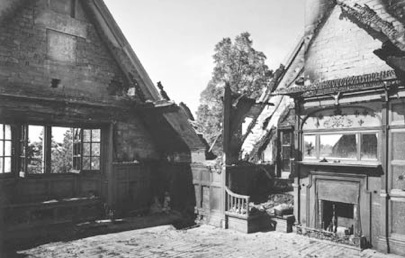
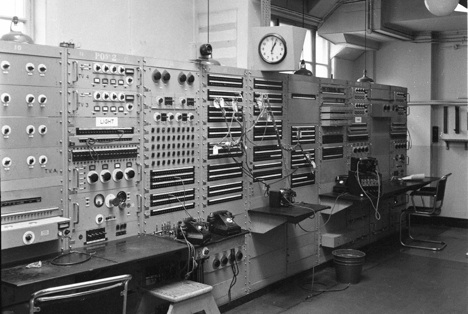
Wood Norton Control Room
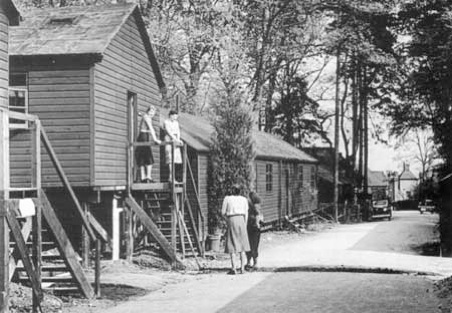
Wood Norton Monitoring Section huts being built Aug 1939.
Wood Norton Hall Fire Damage
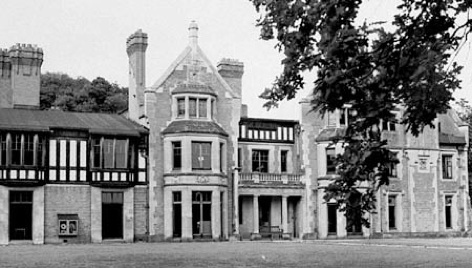
BBC Transmitter Training started. This is the Power Room.
Monitoring left Evesham in 1943, moving to Caversham Park, near Reading.
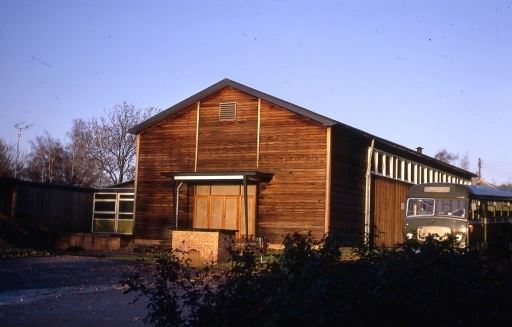
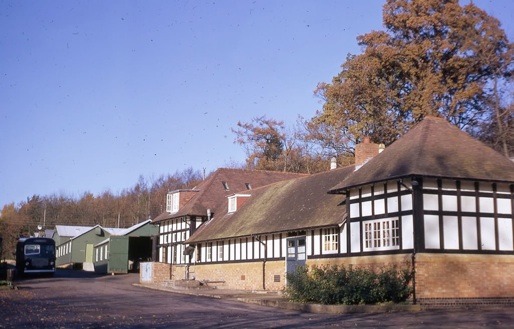
Engineering Training Department (ETD),
Centre For Broadcast Skills & Training (CBST)
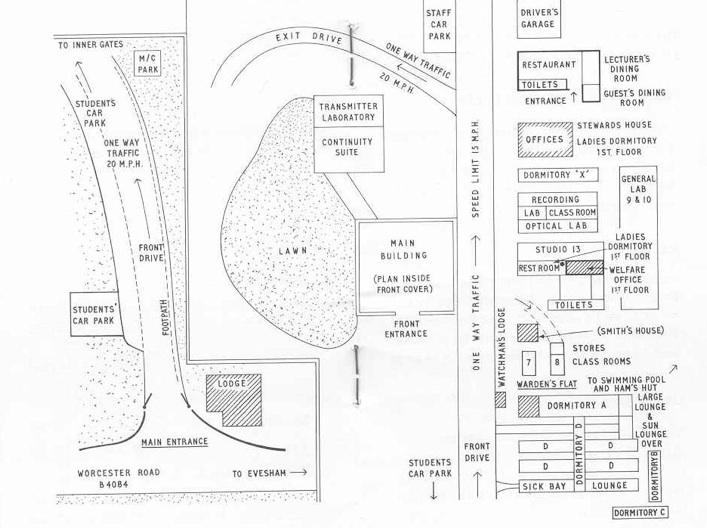
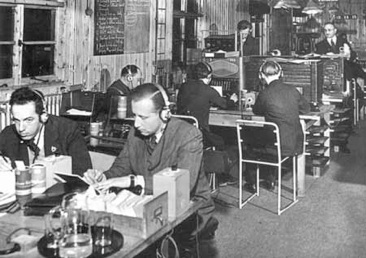
Throughout WW2 Wood Norton Hall acted as a secret monitoring station.
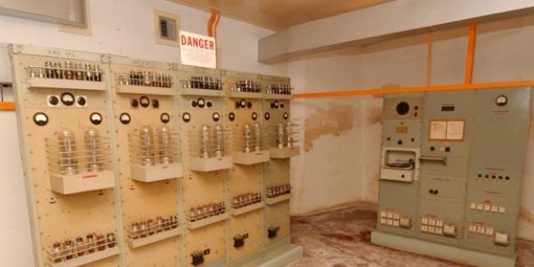
Lecture buildings (1968)
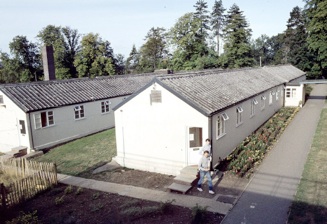
Site Map (1965)
Student Accommodation (September 1983). This was demolished in June 1984 with our belongings still in it.

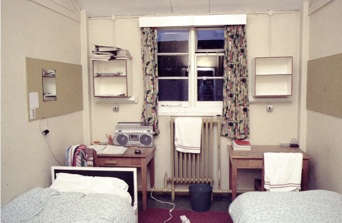
Student Accommodation being rebuilt (September 1984).
Student Swimming Pool
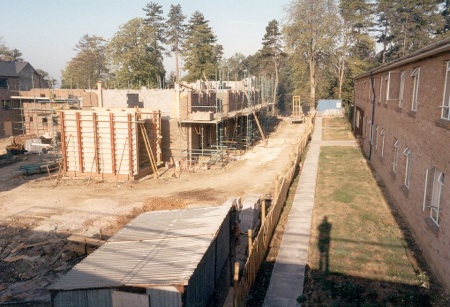
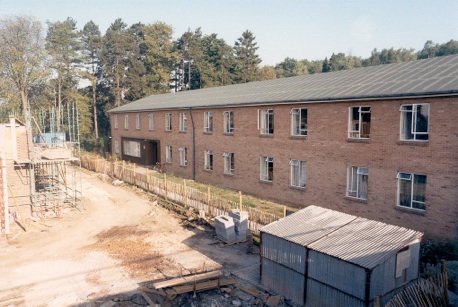
Student Canteen menu
It was an ideal location due to it’s great distance from London and hidden aspect. At it’s height government necessity required over 1300 programmes per week so approximately twelve studios and support areas were built. Necessary accommodation for the staff remained until the mid-1980’s where I was the last one resident.
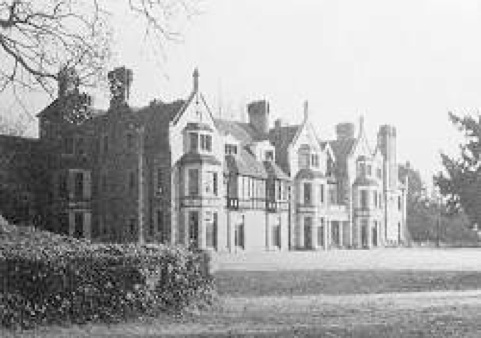

Disclaimer
Whilst some care has been taken to check externally linked websites no responsibility is offered nor implied for the suitability, legality or reliability of content therein.
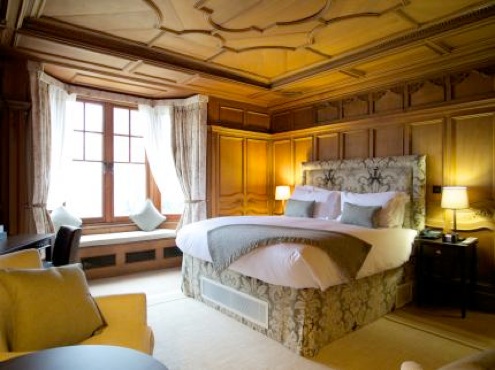
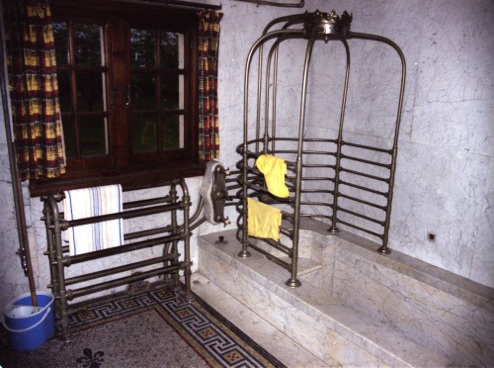
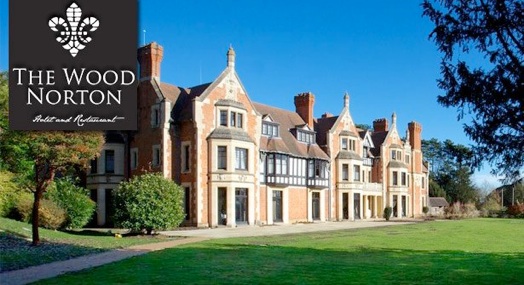

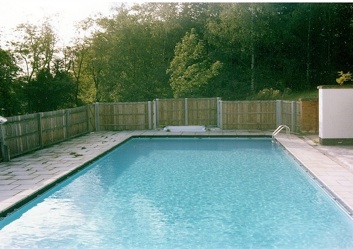
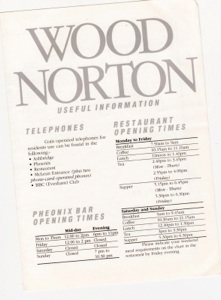
Convertion to a conference centre.

1990’s

